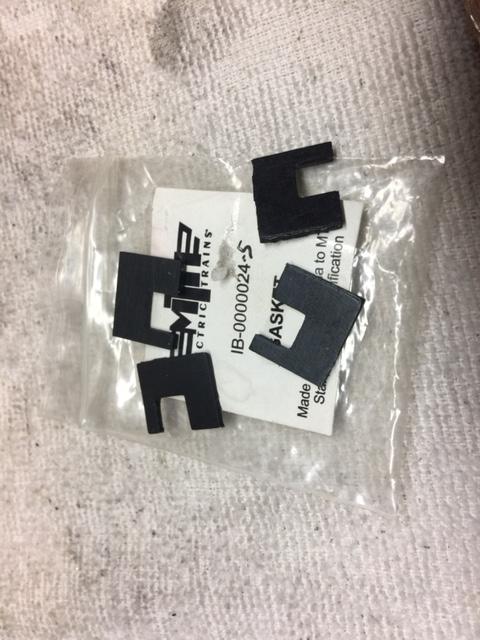To be blunt, if Mike Reagan wired this unit - and indeed it originally came wired - so that the impeller spins CCW, that would be good enough for me. What the thinking was behind this design only someone who was involved in it can tell us. It looks like a mistake or at least very odd to me.
RickM46, your idea of widening the airflow outlet is very interesting to me but again, what the thinking was behind the original design would help in deciding whether to try this experiment. Also whether another replacement part is available in case the cutting goes wrong!
For purposes of comparison, I have looked out the thread I posted on the VL Centipede units, which also concerned a completely separate oddity about a Lionel spare part for those units, an internal metal heat shield that was not part of the stock unit. The thread is here: https://ogrforum.ogaugerr.com/...onel-smoke-unit-part
I never found out what that part was designed to do and how it was meant too fit in the plastic smoke units. If anything, the units were even odder than the one you are working on; as the photo below shows, the airflow from the impeller to the resistor has to go through at least a full 90 degree bend, which I can't think is very efficient:

These units also came from the factory with the fan motor wired to spin CCW (negative wire to terminal marked with white dot) so that the concave side of the impeller blades was pushing the air towards the resistor:

It would be interesting if someone from Lionel (or Mike R.) explained the theory behind this arrangement but short of asking them or him I don't see the logic of it.
Anyway, as I have said in my last post, wiring the fan motor to spin CW in these units had no effect on the smoke output, good or bad, and so maybe the motor and impeller generate enough airflow for the unit to operate as designed whichever way you wire them.














